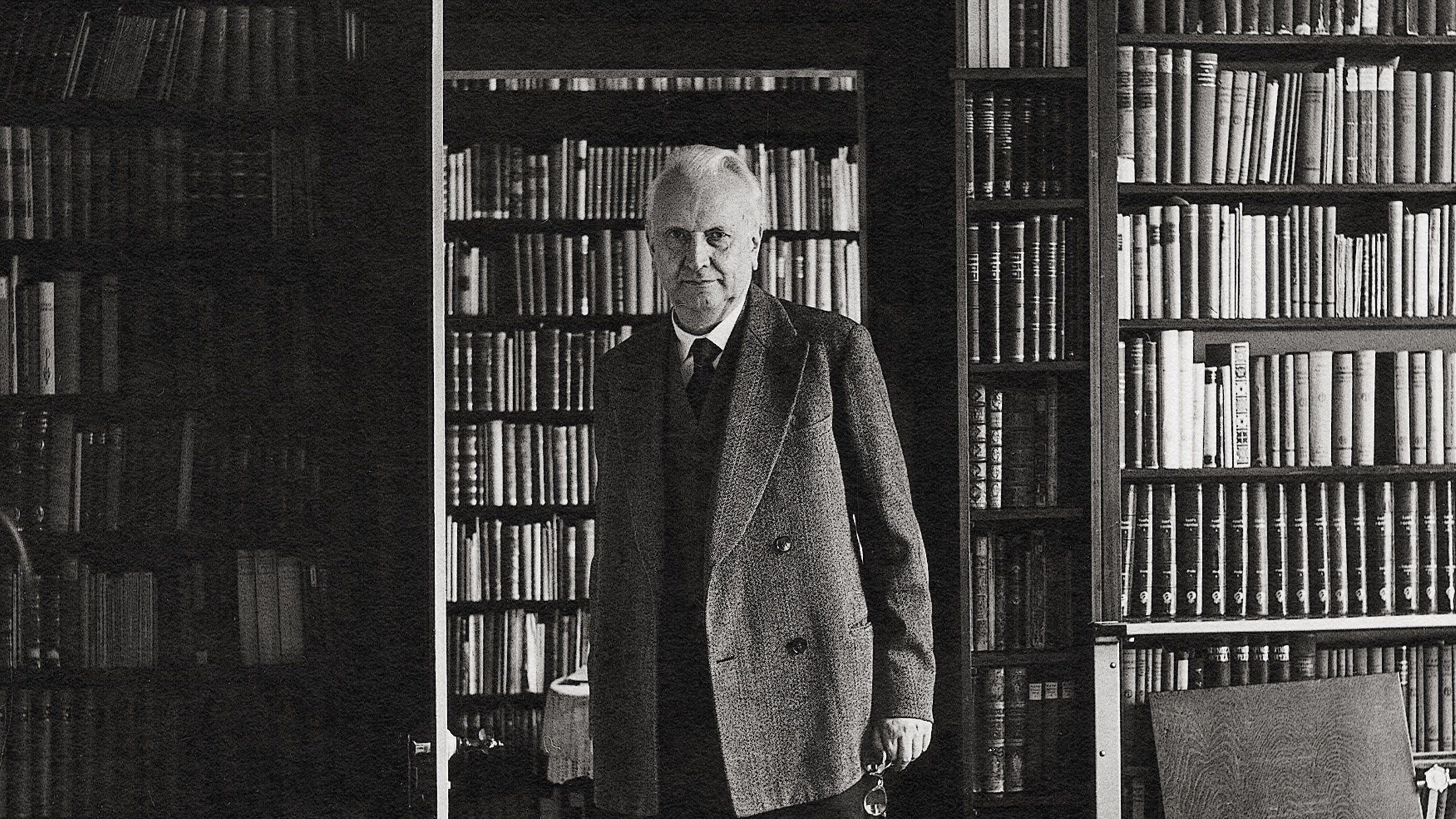Blake Mycoskie, on dealing with failure.
Question: How do you decide to move to other projects?
Blake Mycoskie: The first company was the laundry company. I’d done it for three years. It was my first entrepreneurial venture. And I just realized I didn’t want to be doing laundry my entire life. So even though it was a lucrative business and it was my first business, it wasn’t like my passion was really there.
Once I learned the fundamentals of entrepreneurship and the idea of starting with an idea and building a company, I kind of wanted to take that knowledge to industries that I was more interested in, like media, like outdoor advertising. So it was a very simple decision to sell that company.
With outdoor advertising company, it was more that I was kind of forced to sell because of the huge companies, Clear Channel and Viacom, that control so much of the media space. In order for me to get American Express or Nike to advertise on my walls, it took just as much time for them to do a $50,000, $100,000 ad buy with me as a $10,000,000 ad buy with Clear Channel. So it just got more and more difficult to get people to support us on an advertiser’s side. So it was a lot more lucrative for me just to sell to the bigger guys and let them do it than to try to do it on my own.
So each one, there’s always a different kind of personal reason and business reason that factors into that.
Question: How have you dealt with failure?
Blake Mycoskie: I don’t think as an entrepreneur, you ever really see anything as a failure. Because you learn and you build relationships, and those relationships and those lessons you learn are what allows you to go on and start other businesses more successfully.
Basically what happened was we launched to great fanfare. I was the youngest person to ever launch a television network. We had all kinds of support, from agencies, William Morris was on our board of directors too, great chairman, great CEO; Kay Koplovitz, from USA Networks; and Larry Namer from the E! channel. So we had all the right components.
It was a time, in 2005, that we’re on the end of kind of this boom of launching new cable channels and beginning of the boom of kind of digital networks, and so we were kind of right in the middle. And the only way that you could really pull it off is if you had a ton of money or a ton of programming already, which we didn’t really have either. So we had the great idea and the great team.
But in order to compete with Rupert Murdock, when he launched Fox Reality, it was just nearly impossible. Because he had the money and he had all this programming.
So we fought the good fight. And after a year, after we both were in marketplace, we realized there just wasn’t room for two reality channels. And then we decided that rather than continue to spend investors’ money, we decided to shut down and kind of give what money we could give back and move on to other things. I think it was the right decision.
And in doing that, I’ve met some of my best relationships and supporters come from that venture. No one really faulted us. We did everything we could. So I learned a lot from that. I don’t think it was a failure, except for the fact that financially it wasn’t a success.
Recorded on: April 28, 2008





